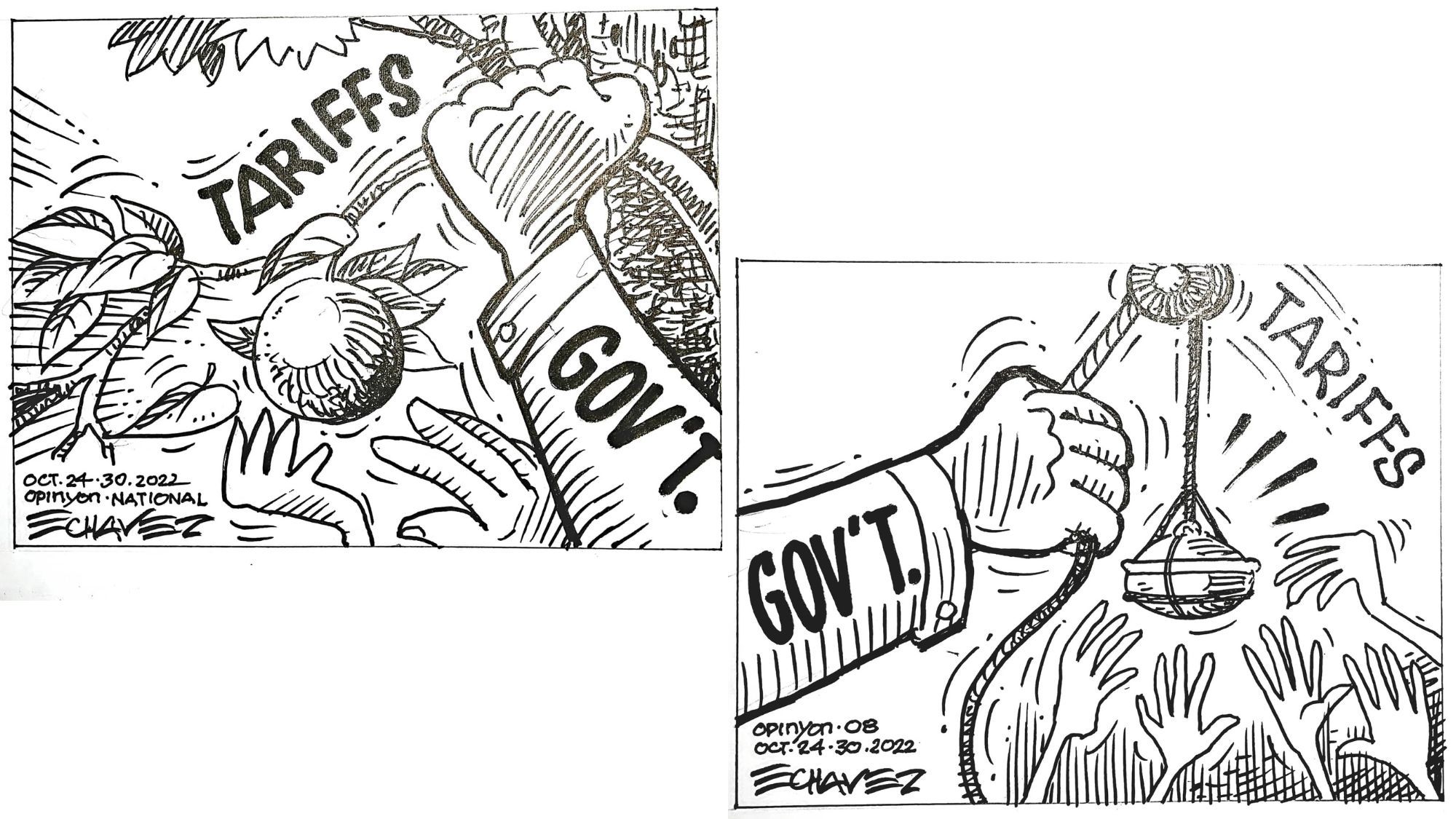There is wisdom in the proposal of Socioeconomic Planning Secretary Arsenio Balisacan’s proposal to reduce tariffs on several commodities to help cool inflation, instead of just incessantly raising interest rates.
Citing that some sources of inflation is at the supply side, then how to reduce the cost of the supplies, through tariff cuts can certainly reduce inflation.
He spoke this idea to reporters covering the Philippine Business Conference and Expo—which is attended by taipans and captains of industries and commerce.
Balisacan said the economic team is “fully aware that adjusting interest rates would not be enough to curb inflation” as can be seen from the efforts of the US Fed, which has caused inflation to even heat up in America.
This is the main reason for their recommendation which has yet to be tackled at the Committee on Trade and Related Matters (CTRM) and will also be subject to a hearing at the Tariff Commission.
“My understanding of the sources of inflation is that some of it is on the supply side. So, if you are going to use monetary policy to address what is essentially a supply issue, you’re not going to get it right,” Balisacan said.
Executive Order (EO) No. 171 s. 2022 which was issued in May 2022 provided for the reduction of tariffs imposed on pork, corn, rice, and coal.
Local economists from the Foundation for Economic Freedom (FEF) recommended the extension and expansion of the EO to cover more commodities because of spikes in prices, noted Business Mirror.
Balisacan said it is possible that the EO will be extended, depending on the decision of the CTRM and the Tariff Commission.
He said this must be done before the year ends to prevent tariffs from returning to higher levels.
“It’s not the right time to get those tariffs to their old levels,” Balisacan said.
FEF earlier said allowing more imports of these commodities would help cool inflation which hurts the poor more because a larger portion of their income is allocated for food items.
Food accounts for 55 percent of the 2012-based consumer price index (CPI) for the bottom 30 households while food and non-alcoholic beverages accounts for only 37.75 percent of the 2018-based CPI for all income households.
Lowering inflation would also bring down input costs of businesses. While agriculture only accounts for 10 percent of GDP, the economists shared that agriculture and food manufacturing industries contribute a third of the country’s total GDP.
The CTRM is one of seven interagency committees under the NEDA Board, which is the highest policy-making body of the NEDA. The Tariff Commission is an attached agency of the NEDA.
